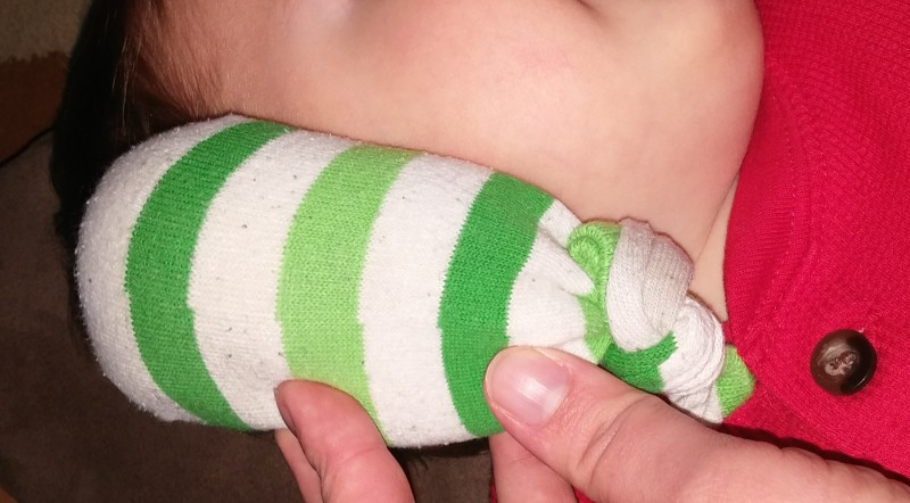Ear infections are a common medical condition that affects people of all ages, causing discomfort and potential complications if left untreated. Understanding the types, symptoms, and effective treatment options is crucial for managing these painful conditions and preventing long-term health issues.
Types of Ear Infections
Ear infections primarily fall into two main categories: otitis media (middle ear infection) and otitis externa (outer ear infection). Each type has distinct characteristics and requires specific approaches to diagnosis and treatment.
Otitis Media
Otitis media occurs when infection develops in the middle ear, the space behind the eardrum. This type of infection is particularly common in children due to their smaller and more horizontal Eustachian tubes. Typical symptoms include:
- Sharp or dull ear pain
- Fever
- Difficulty hearing
- Fluid drainage
Otitis Externa
Also known as swimmer’s ear, otitis externa affects the outer ear canal. It often results from water exposure or excessive moisture, creating an environment conducive to bacterial growth. Key symptoms include:
- Ear canal inflammation
- Intense itching
- Redness
- Potential pain when touching the ear
Diagnostic Techniques
Accurate diagnosis is critical for effective treatment. Healthcare professionals typically use several methods to identify ear infections:
Otoscopy
An otoscope allows doctors to examine the ear canal and eardrum, looking for signs of infection such as redness, swelling, and fluid buildup. This non-invasive technique provides immediate visual insights into the ear’s condition.
Tympanometry
This specialized test measures the movement of the eardrum and helps detect fluid accumulation or potential hearing issues. It’s particularly useful for identifying middle ear problems that might not be immediately visible.
Treatment Options
Treatment varies depending on the infection type, severity, and patient’s overall health. Several approaches can be employed:
Topical Treatments
- Antibiotic ear drops: Effective for targeting localized infections
- Acetic acid solutions: Help restore ear canal pH and combat bacterial growth
- Glycerine and ichthammol wicks: Useful for managing specific ear conditions
Systemic Antibiotics
In more severe cases, oral antibiotics might be prescribed. However, healthcare providers are increasingly cautious about antibiotic overuse due to the risk of developing antibiotic-resistant bacteria.
Innovative Treatments
Emerging research explores cutting-edge solutions like nanoparticle treatments using hypobromous acid, which show promise in providing more targeted and effective infection management.
Pain Management and Prevention
Managing ear infection pain is crucial for patient comfort. Over-the-counter pain relievers like acetaminophen or ibuprofen can provide significant relief. Additionally, preventive measures are key:
- Maintain good ear hygiene
- Avoid inserting foreign objects into the ear canal
- Use ear protection while swimming
- Dry ears thoroughly after water exposure
When to Seek Medical Attention
While many ear infections resolve independently, certain symptoms warrant immediate medical consultation:
- Persistent high fever
- Severe pain
- Discharge from the ear
- Hearing loss
- Symptoms lasting more than a few days
Conclusion
Ear infections, though common, require careful attention and proper management. By understanding the different types, recognizing symptoms early, and seeking appropriate treatment, individuals can minimize discomfort and prevent potential complications. Always consult healthcare professionals for personalized medical advice tailored to your specific condition.






